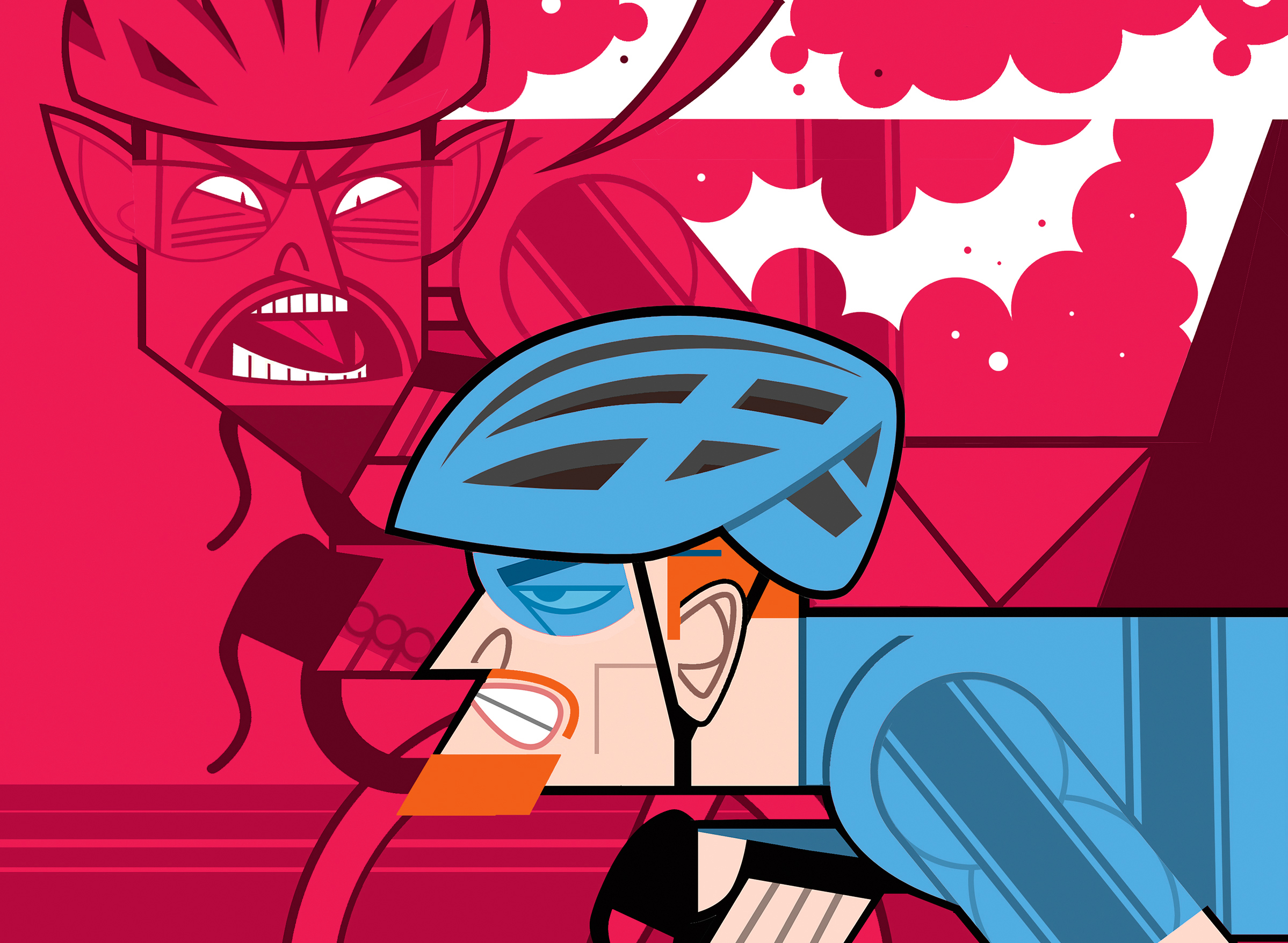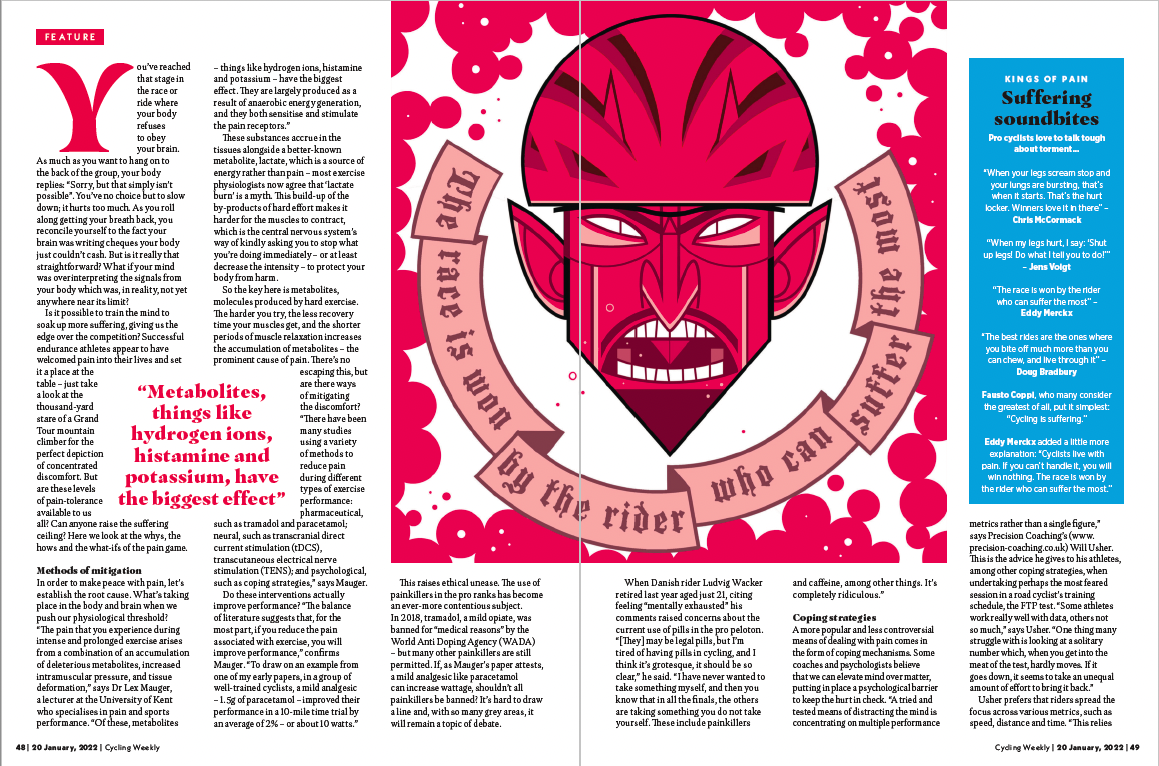Can you train through the pain to get even fitter?
It’s a universal truth in cycling: when the hard effort hurts too much, we back off and slow down. But can we train our ability to tolerate pain? Steve Shrubsall finds out

You’ve reached that stage in the race or ride where your body refuses to obey your brain. As much as you want to hang on to the back of the group you're riding with, your body replies: “Sorry, but that simply isn’t possible”.
>>>>Subscribe to Cycling Weekly magazine for more fitness features like this
You’ve no choice but to slow down; it hurts too much. As you roll along getting your breath back, you reconcile yourself to the fact your brain was writing cheques your body just couldn’t cash. But is it really that straightforward? What if your mind was over-interpreting the signals from your body which was, in reality, not yet anywhere near its limit?
Is it possible to train the mind to soak up more suffering, giving us the edge over the competition? Successful endurance athletes appear to have welcomed pain into their lives and set it a place at the table – just take a look at the thousand-yard stare of a Tour de France mountain climber for the perfect depiction of concentrated discomfort.
But are these levels of pain-tolerance available to us all? Can anyone raise the suffering ceiling? Here we look at the whys, the hows and the what-ifs of the pain game.

In order to make peace with pain, let’s establish the root cause. What’s taking place in the body and brain when we push our physiological threshold? “The pain that you experience during intense and prolonged exercise arises from a combination of an accumulation of deleterious metabolites, increased intramuscular pressure, and tissue deformation,” says Dr Lex Mauger, a lecturer at the University of Kent who specialises in pain and sports performance.
>>>>Sign up to the CW5000 and see how far you can ride
The latest race content, interviews, features, reviews and expert buying guides, direct to your inbox!
“Of these, metabolites, things like hydrogen ions, histamine and potassium, have the biggest effect – they are largely produced as a result of anaerobic energy generation, and they both sensitise and stimulate the pain receptors.”
These substances accrue in the tissues alongside a better-known metabolite, lactate, which is a source of energy rather than pain – most exercise physiologists now agree that ‘lactate burn’ is a myth.
This build-up of the byproducts of hard effort makes it harder for the muscles to contract, which is the central nervous system’s way of kindly asking you to stop what you’re doing immediately – or at least decrease the intensity – to protect your body from harm.
The full feature appears in the January 20 edition of Cycling Weekly magazine, available to buy online and in print. You can also subscribe to Cycling Weekly, get more great fitness advice and have the magazine delivered every Wednesday.
Steve has been writing (mainly fitness features) for Cycling Weekly for 11 years. His current riding inclination is to go long on gravel bikes... which melds nicely with a love of carbs